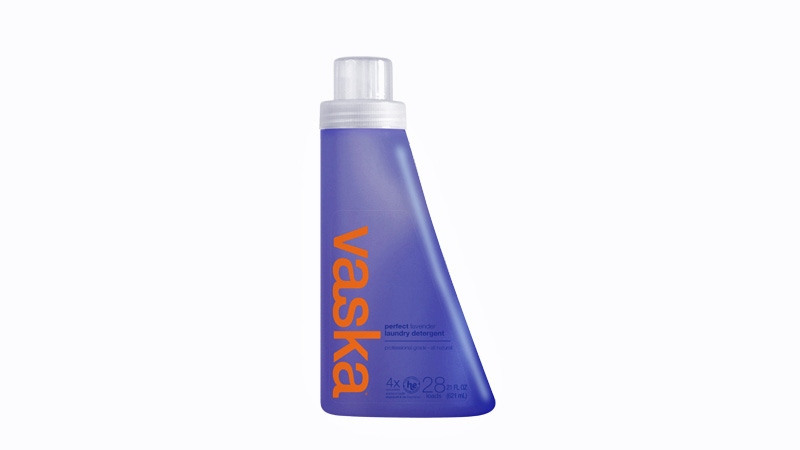Long supply chain restrains in-mold labeling growth
February 24, 2015

Even after nearly 20 years, in-mold labeling (IML) remains a niche application, with a 26% share of the global market residing in North America. Despite its advantages, one of the biggest deterrents for IML is the long, complex supply chain that often means greater up-front cost.
"The supply structure is complex with myriad suppliers," noted Corey Reardon, president and CEO at Alexander Watson Associates (AWA; Amsterdam), in his keynote presentation at the annual IMLCON/IMDCON conference that was held in Miami, FL, on Feb. 18 and 19.
The largest market for the technology is Europe, which dominates with a 54% market share. That’s followed by the Asia-Pacific region at 13%. Other markets of note include Brazil at 3% and Africa with 4%.
Even at one-quarter of the global market, North America offers the most attractive growth opportunity, at 5.1%. That’s compared to a mature IML market in Europe, where growth is less than 2%.
The majority of in-mold labels are injection molding applications (69%), while thermoforming represents a mere 1% of the market. The extrusion blow market is performing well with 30% of the in-mold label market. "Extrusion blow is seeing higher growth potential for in-mold labels," commented Reardon.
To read the full article at PlasticsToday, click here.
You May Also Like


